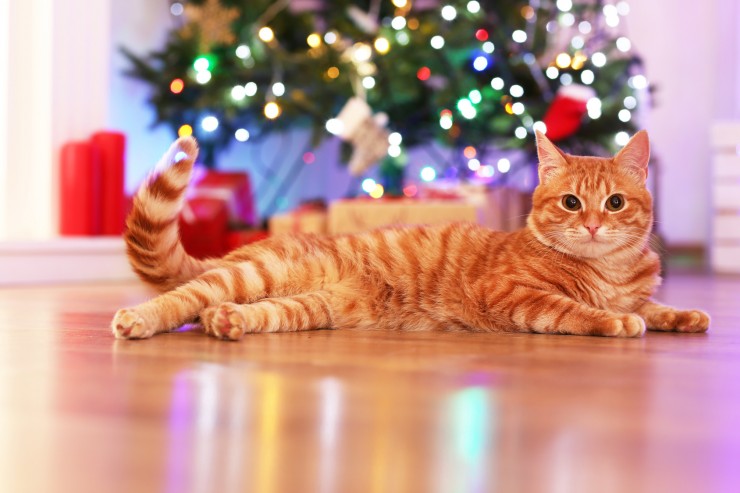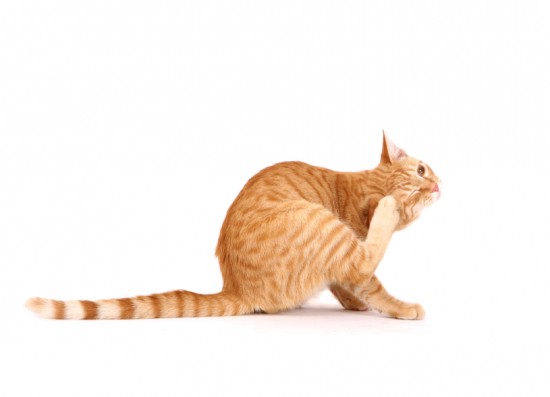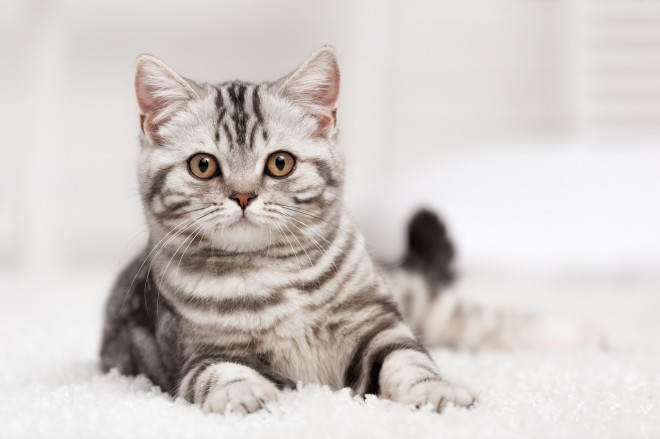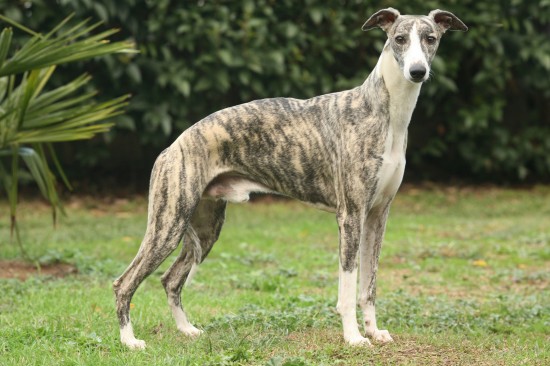
In this article we’re going to discuss how to teach your parrot
to speak. Getting him to shut up afterwards is another thing
altogether.
Don’t you find it amazing that something other than a human
being can actually speak the English Language or any language
for that matter? Parrots are certainly an interesting species of
bird. For that matter they’re just plain interesting, period.
Well, if you want to teach your parrot to talk the first thing
you’re going to have to do is carefully pick the breed of
parrot. Some breeds talk better than others.
The smaller species of parrot sometimes have a difficult time
learning how to speak and when they finally do, their speech can
be very difficult to understand. Parakeets, ringnecks,
alexandrine, plumheads, cockatiels, conures, lorikeets and
lovebirds are not your best talkers. Oh sure, there is always
the exception among these but the general rule is, don’t expect
too much. So if talking ability is important to you then stay
away from this lot.
Your best bet to come away with a bird that you can teach to
recite the Gettysberg address is a red tailed, African Gray
parrot. In general, these birds have amazing talking abilities,
but every now and then you’re going to run into one who just
refuses to say a word. The reason for this is a puzzle to us all.
If you’re looking at New World Amazon parrots, your best bets
for the talkers are the Yellow Napes, Blue Fronts and Double
Yellowheads. However, these birds have to be exposed to speech
at a very young age or the chances of them talking is slim to
none. Any Amazon parrot with a yellow head is usually a good
talker. Macaws are okay talkers but not great. When they learn
to talk they have very loud scratchy voices and a very limited
vocabulary. Cockatoos can also be taught to speak but, like
macaws, they usually have a very limited vocabulary. However,
unlike macaws, they have rather sweet soft voices.
The next thing you have to do is choose a bird with just the
right temperament. You should never pick a bird that is afraid
and shy. Your best talkers are usually birds that are mean
biters. So if you don’t mind having to keep a supply of
Band-Aids around you’ll do just fine. Birds that cower will
never learn to talk. The more aggressive they are the better.
Birds that laugh a lot and constrict their pupils are not
showing fear but definite aggression. Just don’t get too close.
If at all possible, try to choose a bird that is still being
hand fed. Most likely you will have to get these birds from a
breeder rather than from a pet store. Birds that are this young
usually still have pinfeathers sticking out of their head and
neck.
In our next article in this series we’re going to go over how to
prepare to teach your bird how to speak, how to feed it, when to
start training and a number of other important things you should
know.
 Keeping Your Cat Safe And Happy Over The Holidays
Keeping Your Cat
Keeping Your Cat Safe And Happy Over The Holidays
Keeping Your Cat
 Flea Treatment For Your Cat
Flea Treatment Fo
Flea Treatment For Your Cat
Flea Treatment Fo
 How Cats Learn Things
How Cats Learn Th
How Cats Learn Things
How Cats Learn Th
 Online Pet Supplies – Better Way To Shop Is Online
Our pets give us joy and happiness. They motivate us to
Online Pet Supplies – Better Way To Shop Is Online
Our pets give us joy and happiness. They motivate us to
 Care And Temperament Of The Whippet
Care And Temperam
Care And Temperament Of The Whippet
Care And Temperam
Copyright © 2005-2016 Pet Information All Rights Reserved
Contact us: www162date@outlook.com